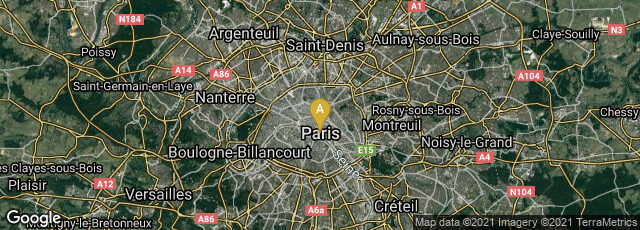

A: Paris, Île-de-France, France
In his book on medieval documents, De re diplomatica libri sex, published in Paris in 1681 Benedictine monk Jean Mabillon founded the formal study of palaeography and diplomatics, laying down the principles for dating scripts and ornament in manuscripts. At this time the term palaeography did not exist. It was later coined by Mabillon's pupil Bernard de Montfaucon, who in his Palaeographia Graeca (1708) applied similar principles to the dating of Greek manuscripts.
Initially paleography developed to resolve legal disputes over documents. During the Middle Ages, the production of spurious charters and other false documents was common, either to provide written documentation of existing rights or to bolster the plausibility of claimed rights. These spurious documents were later employed to bolster claims that were fraudulent. In 1675 the Jesuit Daniel van Papenbroeck (Papebroch) proved that a charter guaranteeing certain privileges to the Benedictines, supposedly issued by the Merovingian king Dagobert in 646, was a forgery.
"The French Benedictine order, which had recently been revived under the title of the Congregation of Saint Maur and was devoting itself to various scholarly enterprises, treated van Papenbroeck's work as a challenge. One of its most able members, Dom Jean Mabillon (1632-1707), spent several years in studying charters and manuscripts, drawing up in a systematic way for the first time a series of criteria for testing the authenticity of medieval documents. The result was De re diplomatica (1681), to which we owe the word diplomatic, normally used as the technical term for the study of legal and official documents. Mabillon's work dealt also to a lesser extent with manuscripts, but was resticted to Latin. It was immediately recognized as a masterpiece, even by van Papenbroeck, who had a cordial exchange of letters with Mabillon, acknowledging that his attempt to prove the spuriousness of all Merovingian charters was an excess of skepticism. On the other hand his thesis about the charter of 646 was upheld" (Reynolds & Wilson, Scribes and Scholars 3rd ed [1991] 189).
Boyle, Medieval Latin Palaeography: A Bibliographical Introduction (1983) No. 72. Carter & Muir, Printing and the Mind of Man (1967) No. 158.